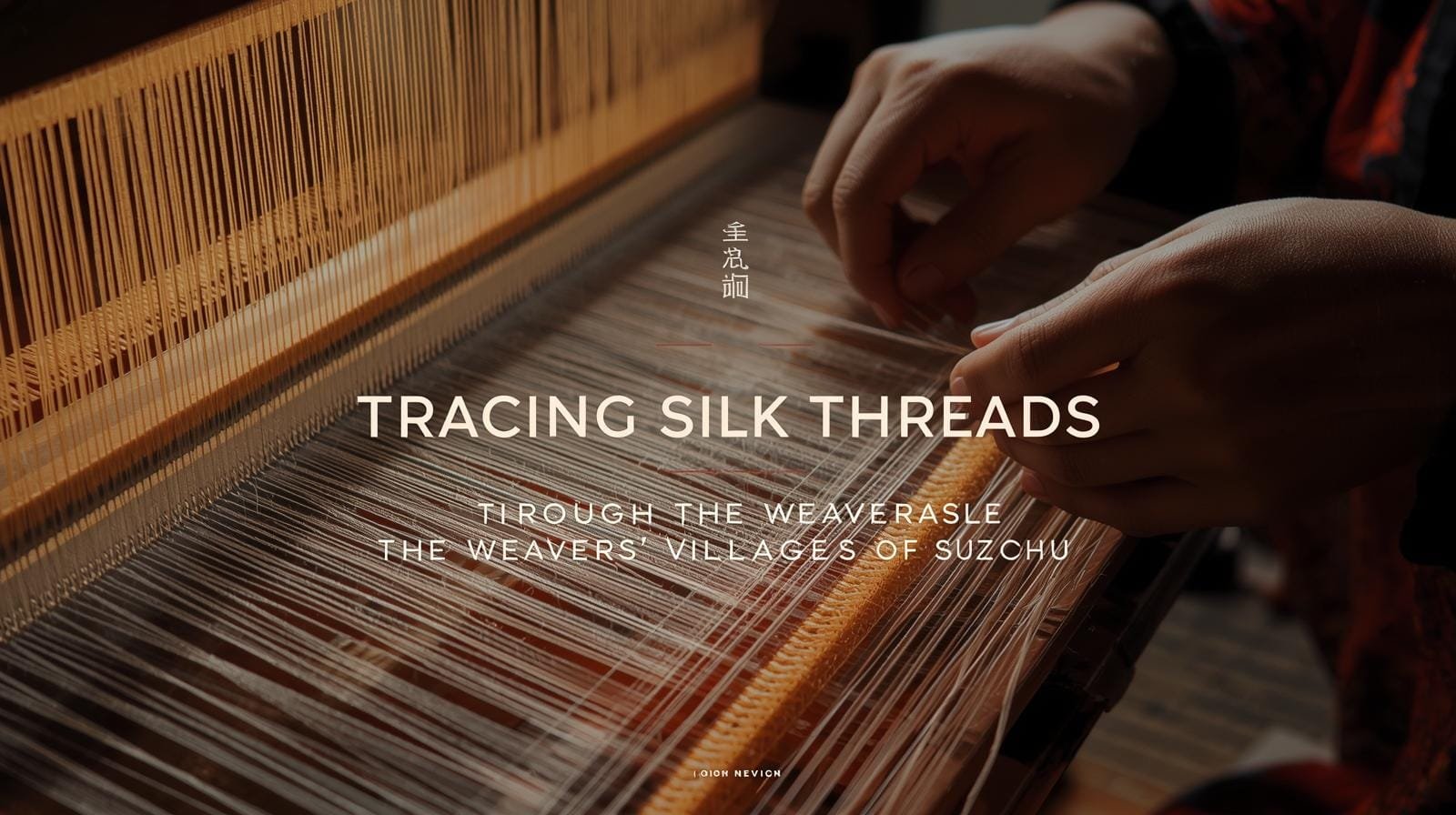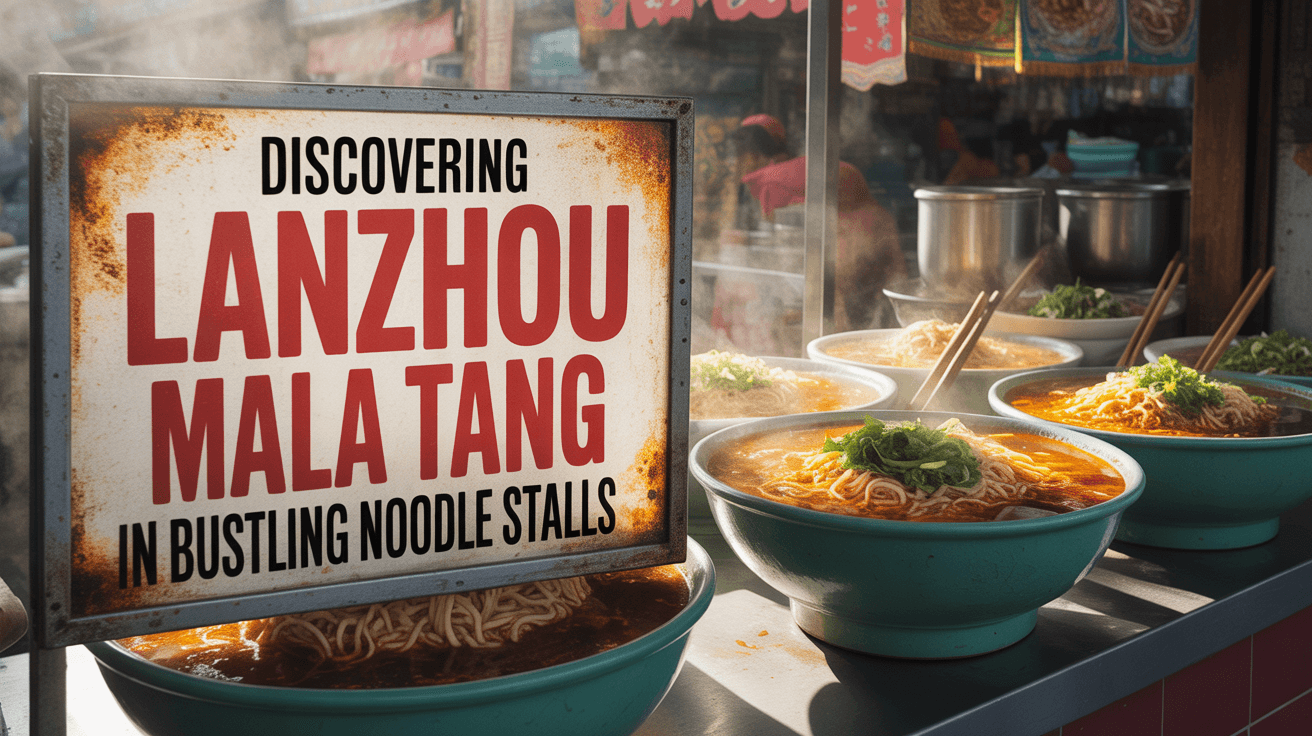Discovering Hong Kong Shrimp Dumplings in Kowloon’s Dim Sum Houses
Imagine the sizzle of bamboo steamers and the delicate scent of fresh seafood mingling in the air, as you sink your teeth into a plump, juicy dumpling that captures the soul of Hong Kong. As one of Hong Kong’s famous foods, shrimp dumplings—known as har gow in Cantonese—stand as a timeless icon of the city’s vibrant culinary scene. These translucent, chewy delights, filled with succulent shrimp and wrapped in a light, crystal-like skin, are a must-try for anyone embarking on a Hong Kong travel guide adventure. In Kowloon’s bustling dim sum houses, where tradition meets the energy of this dynamic city, har gow offers an authentic taste of Hong Kong culinary experiences that will leave you craving more. Here at jusha.travel, we love sharing tips to make your China journey unforgettable—let’s dive into the world of shrimp dumplings in Kowloon and discover why they should be at the top of your Hong Kong travel tips list.
The Origins and Allure of Hong Kong Shrimp Dumplings
Hong Kong’s shrimp dumplings have a rich history rooted in Cantonese dim sum culture, which dates back to the 19th century in teahouses known as yam cha spots. Originally called har gau, meaning “shrimp dumplings,” these treats likely evolved from ancient Chinese stuffed buns but gained their signature translucent wrapper through intricate techniques involving wheat starch and tapioca flour. The delicate skin, almost see-through when steamed, encases a simple yet luxurious filling of fresh shrimp, often seasoned with ginger, salt, and a touch of sesame oil for subtle flavor.
What makes Hong Kong Shrimp Dumplings irresistible is their perfect balance—chewy yet tender, with the natural sweetness of shrimp shining through. In Kowloon, where Cantonese traditions thrive amid the city’s cosmopolitan energy, har gow has become a staple in dim sum houses, symbolizing both everyday indulgence and festive celebration. For a deeper dive into how dim sum culture shapes local life, explore our post on Tasting Guangzhou Dim Sum in Bustling Teahouses, which traces similar culinary roots across the region.

As one of Hong Kong’s famous foods, har gow is more than a bite; it’s a cultural ritual. During yum cha gatherings, families and friends share these dumplings from trolleys pushed by diligent servers, fostering connections in the fast-paced life of Kowloon. Fun fact: The wrapper’s crystal clarity is achieved through a labor-intensive process of mixing hot water with starches, a technique passed down through generations.
Key Ingredients and Preparation: Crafting the Perfect Har Gow
The magic of Shrimp Dumplings Kowloon lies in their simplicity and precision. The wrapper is made from a batter of wheat starch, tapioca starch, and boiling water, rolled thin and cut into perfect circles before being pleated around the filling. Inside, deveined shrimp provide the star element, often mixed with a bit of ground pork or bamboo shoots for added texture. Seasonings are minimal—salt, white pepper, and sesame oil let the shrimp’s freshness take center stage.
Steaming is key: The dumplings are placed in bamboo baskets lined with lettuce leaves, steamed for about 8-10 minutes until the wrappers turn translucent and the filling is cooked through without becoming rubbery. This delicate balance requires skill, a hallmark of Kowloon’s renowned dim sum chefs. For those curious about regional variations, check out our guide to Experiencing Hong Kong Dim Sum Culture in Local Eateries, where we explore how har gow differs from other Cantonese staples.
- Shrimp Freshness: Sourced from Hong Kong’s bustling markets, ensuring premium quality and natural sweetness.
- Wrapper Technique: The hot water dough method creates the signature chew without sogginess.
- Steaming Secret: Bamboo baskets impart a subtle aroma, elevating the Hong Kong culinary experiences.
In Kowloon’s dim sum houses, har gow is often served as part of a trio with siu mai and char siu bao, embodying the harmony of flavors in dim sum tradition.
Best Dim Sum Houses in Kowloon for Authentic Shrimp Dumplings
Kowloon’s dim sum scene is legendary, and several houses shine for their exceptional Hong Kong Shrimp Dumplings. Start with Tim Ho Wan, the world’s most affordable Michelin-starred restaurant, where har gow steals the show with its pristine shrimp filling and perfectly pleated wrappers. A short train ride from Central, it’s a Kowloon favorite for both locals and visitors—expect queues, but the value is unbeatable at around HKD 30 for a steamer.
For a more upscale experience, head to Lin Heung Tea House in Yau Ma Tei, a historic spot where trolleys still roll out fresh har gow. The chaotic yet charming atmosphere, with servers calling out orders in Cantonese, captures the essence of traditional yum cha. It’s a stone’s throw from Kowloon’s markets, making it perfect for pairing with a stroll. As we discuss in our post on Discovering Hong Kong Jordan’s Nightlife and Street Food Scene, Kowloon’s energy amplifies the dining vibe.
Another gem is One Dim Sum in Mong Kok, known for its innovative yet authentic take on har gow, often featuring a touch of crab roe for luxury. Reservations are recommended, especially on weekends when the place buzzes with families enjoying dim sum brunches. Prices range from HKD 25-40, offering great value for such premium quality.
- Tim Ho Wan: Budget-friendly Michelin magic—perfect for har gow novices.
- Lin Heung Tea House: Classic trolley service in a historic setting.
- One Dim Sum: Elevated flavors with a modern twist.
These spots highlight why Kowloon is a hotspot for Shrimp Dumplings Kowloon, blending accessibility with authenticity.

Pairing and Etiquette: Enhancing Your Dim Sum Experience
To truly savor Hong Kong Shrimp Dumplings, pair them with other dim sum favorites like siu mai or egg tarts for a balanced plate. A hot cup of jasmine or pu’er tea cuts through the richness, while soy sauce or chili oil adds a customizable kick. In Kowloon’s dim sum houses, etiquette plays a role: Use the trolleys or order slips to signal your choices, and remember to enjoy the communal aspect—sharing is key in yum cha culture.
For Hong Kong travel tips, visit during off-peak hours to avoid crowds, and don’t hesitate to ask servers for recommendations. If you’re vegetarian, many places offer shrimp-free versions with mushrooms or veggies. This communal dining fosters a sense of connection, making your Hong Kong culinary experiences even more memorable. For more on dim sum pairings, explore our guide to Tasting Guangzhou Dim Sum in Bustling Teahouses.
Planning Your Kowloon Dim Sum Adventure: Travel Tips and Beyond
Kowloon’s dim sum houses are easily accessible via the MTR—head to stations like Jordan or Mong Kok for Tim Ho Wan and Lin Heung. For seamless planning, use apps like OpenRice to check wait times or make reservations. Arrive early for the best selection, especially on weekends when families flock for brunch.
As part of your Hong Kong travel guide, combine har gow with a walk through Kowloon’s vibrant markets or a ferry ride across Victoria Harbour for stunning views. Budget tip: A dim sum meal for two averages HKD 150-300, making it affordable even in upscale spots. For families, consider our post on Cost of Traveling to China: A Family Budget Guide to stretch your dollars further.
If you’re exploring more of Hong Kong’s food scene, don’t miss our insights on Exploring Hong Kong Sai Kung Seafood Restaurants for Coastal Dining, where fresh seafood complements dim sum’s elegance.
Conclusion: A Steamy Love Letter to Har Gow
From the delicate wrappers to the burst of fresh shrimp, Hong Kong Shrimp Dumplings in Kowloon’s dim sum houses are a celebration of flavor, tradition, and community. Whether you’re chasing Hong Kong’s famous foods or diving into Hong Kong culinary experiences, these translucent treasures offer a taste of the city’s soul. Armed with this Hong Kong travel guide and tips, your visit to Kowloon will be filled with delightful bites and lasting memories.
At jusha.travel, we’re passionate about guiding you through China’s wonders. Have you tried har gow in Kowloon? Share your favorite spots or stories in the comments below, explore more on our site, or check related articles like Experiencing Hong Kong Dim Sum Culture in Local Eateries for more inspiration. Visit jusha.travel for endless China travel tips—your next adventure awaits!
(Word count: 1,128)




